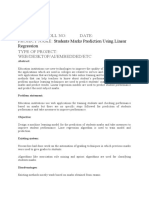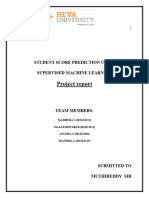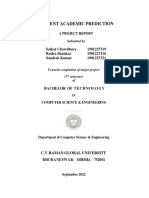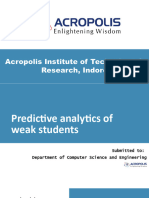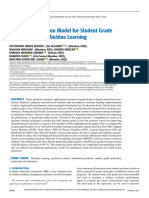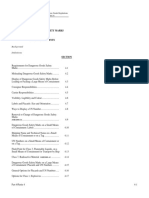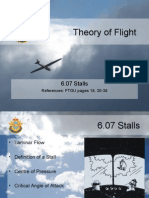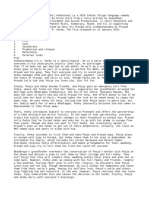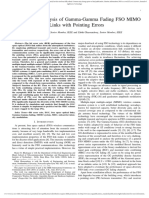0% found this document useful (0 votes)
10 views10 pagesClass X A Project File
The document outlines a project on developing a Student Marks Prediction Model using machine learning techniques, specifically linear regression. It details the objectives, tools, methodology, code implementation, results, and conclusions, highlighting the model's high accuracy in predicting student performance based on previous marks, study hours, and attendance. The project aims to enhance personalized learning plans for students and aligns with Sustainable Development Goals for quality education.
Uploaded by
sumanyudas45Copyright
© © All Rights Reserved
We take content rights seriously. If you suspect this is your content, claim it here.
Available Formats
Download as DOCX, PDF, TXT or read online on Scribd
0% found this document useful (0 votes)
10 views10 pagesClass X A Project File
The document outlines a project on developing a Student Marks Prediction Model using machine learning techniques, specifically linear regression. It details the objectives, tools, methodology, code implementation, results, and conclusions, highlighting the model's high accuracy in predicting student performance based on previous marks, study hours, and attendance. The project aims to enhance personalized learning plans for students and aligns with Sustainable Development Goals for quality education.
Uploaded by
sumanyudas45Copyright
© © All Rights Reserved
We take content rights seriously. If you suspect this is your content, claim it here.
Available Formats
Download as DOCX, PDF, TXT or read online on Scribd
/ 10

